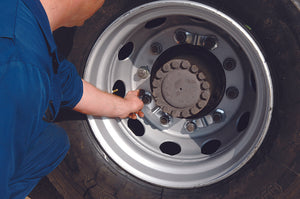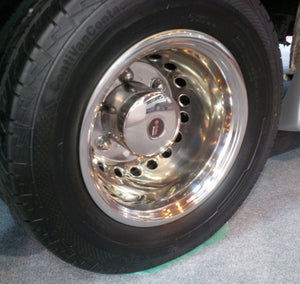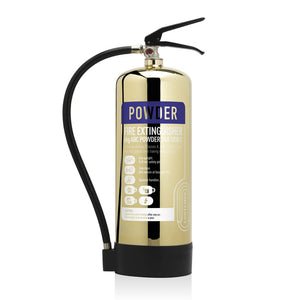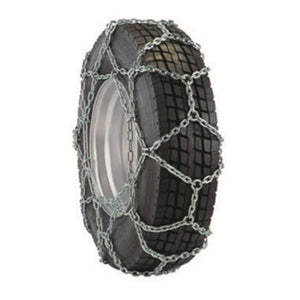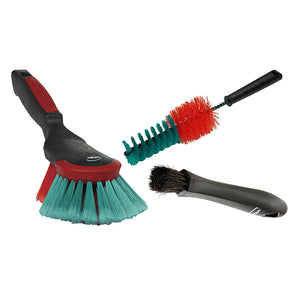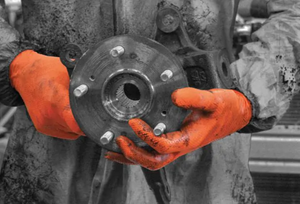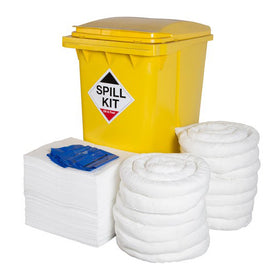
Best practice wheel fitting- How to stop the 'Wheels coming off' your fleet
Torque and Wheel Safety: Protecting Your Fleet

With the great number of hours spent on the road, commercial vehicles are exposed to immense stresses. With over 120,500 articulated vehicles registered in the UK in 2015, it’s no surprise that wheel safety is critical to reducing the risk of accidents.
Wheels are often overlooked, yet accidents caused by detached wheels can result in serious injury or death. Human error is a major factor, including early relaxation of tension, low-quality replacement parts, and careless torque.

Essential Wheel Safety Checks
Regular wheel checks are crucial. Here’s what to inspect:
- Lightly oil wheel fixing threads and lubricate the nut to captive washer interface when refitting wheels.
- Always use a calibrated torque wrench for tightening wheel fixtures. Avoid power tools or long bars for final tightening.
- Tighten according to manufacturer’s recommended torque and sequence. If no sequence is specified, gradually tighten diametrically opposed nuts.
- Inspect wheels for marks or minor damage around fixing holes, studs, nuts, and washers. Replace if in doubt.
- Check wheel and nut seats for wear or distortion. Over-tightening can raise a lip, affecting twin wheel seating. Renew if necessary.
- Ensure hub mounting faces, wheel faces, and nut/washer interfaces are free from corrosion, damage, and dirt.
- Be cautious with paint on interfaces; too much can soften under heat and reduce clamping. Paint should be microscopically thin.
- Check wheel fixings regularly, ideally at the start of each shift. Use a calibrated torque wrench or gently tap nuts with a small hammer to detect looseness.
- If a loose wheel fixing is found, investigate the cause and check for any resulting damage.
- Always use trained personnel and document all findings.

Visual Inspection Limitations
Routine visual checks are important, but they rely on opinion and experience. Loose wheel nuts are not always obvious, and the consequences of missing a loose nut can be severe.
Parma Safety Indicators: Our high-visibility indicators provide a simple, effective solution. Made from heat-resistant plastic, they cover wheel nuts and protect from dust, dirt, and grime. Indicators face each other across adjacent nuts; if a nut loosens, the indicators no longer align, giving an immediate visual cue.

Enhanced Wheel Security: The Zafety Lug Lock can be added to any bus or truck wheel to minimise nut loosening. When properly torqued, it secures two adjacent nuts, providing clear visual status during inspections. Perfect for stop/start routes or heavy braking conditions.
Final Thoughts
Wheel safety should never be compromised. Combining visual inspections with pre-emptive safety products gives optimal protection, keeping vehicles on the road and your team safe.
Have questions? We’re here to help.
📧 sales@parmagroup.co.uk
📞 +44 (0)1728 745700

